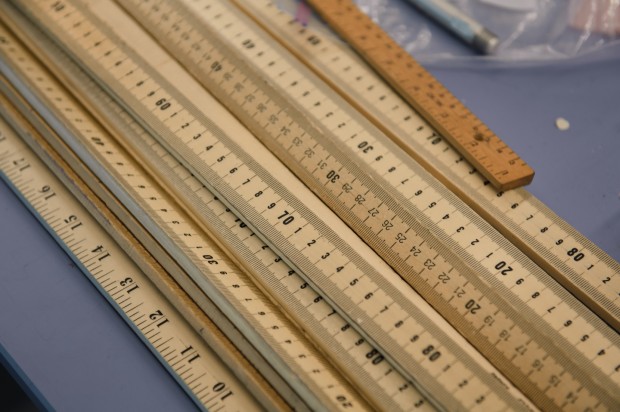Some might say it's all well and good to teach responsibility and accountability and self-sufficiency, but what about test scores?
At Napa New Tech, the numbers speak for themselves. The school's 2009 API scores was 818. (Napa New Tech is the first school in the New Tech Network, and was opened in 1996.) The average score of all the 62 schools in the New Tech Network for 2008 was 691, and the growth in the score between 2007 and 2008 was 10.75.
"In general, our students do better across the country in humanities, language arts, social studies, and science," said Chris Walsh, director of innovation and design at New Tech Network. "Math is still at average. But in terms of engagement, college attendance, and graduation rates, we're off the charts."
He's right. From the KnowledgeWorks Foundation (which New Tech is a subsidiary of):



